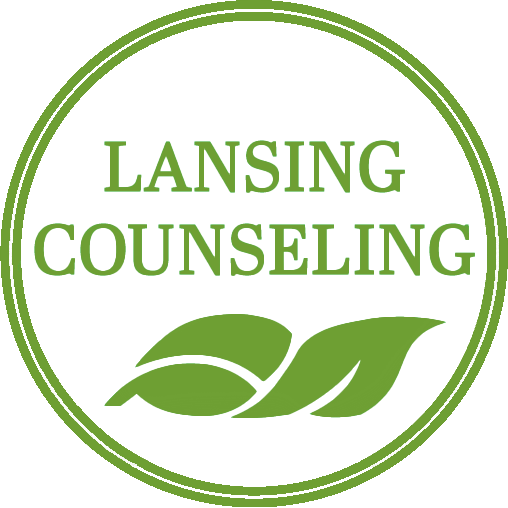Bipolar I Disorder Facts
Bipolar I Disorder Facts
The Facts About Bipolar I Disorder
Bipolar I disorder impacts about 2.5% of the U.S. population, which means about 6 million people in the U.S. are living with bipolar I disorder. While many people who are diagnosed with this condition feel like they are alone, it can be encouraging to know that so many other people also struggle with bipolar I disorder, and most importantly, there are effective therapy and support options to manage the impact of bipolar I disorder. In this blog, we’ll walk through some of the basics about bipolar I disorder, including side effects, risk factors, and the benefits of receiving therapy and other treatments.
Bipolar I Disorder Defined
Bipolar I disorder, which has also been referred to as manic depression or manic-depressive disorder, is a mood disorder that involves periods of mania and periods of depressed mood. Mania is said to occur when a person has high levels of energy and focus on specific tasks, but they may lose interest or be unable to complete tasks. They may be irritable, and their hyper focus may disrupt daily life. Depressive states occur when a person has very low energy and feelings of depressed mood. They may also feel helpless, hopeless, and lonely. Manic or depressive episodes may occur in equal numbers, or one may be more common. During the periods between these two extremes, people with bipolar I disorder are typically able to lead healthy, fulfilling lives, which can make the manic and depressive episodes even more frustrating.
Common Bipolar I Disorder Symptoms
Below, we’ve outlined the most common symptoms of the manic and depressive states associated with bipolar I disorder.
Symptoms of Mania
- Hyper-focusing on one idea or project for a short time then transitioning radically to another idea or project
- Increased energy levels, including hyperactivity, fidgeting, and less need for sleep
- Rapid speech, talking over and interrupting others, and not listening when people try to speak or respond to them
- Inflated ego and self-image, which may lead to delusional beliefs about their abilities
- Engaging in risk-taking behavior like gambling, overspending, substance use, and hyper-promiscuity
- High levels of irritability, moodiness, poor temper, or mood swings
Symptoms of Depression
- Generally low mood
- Severe fatigue and exhaustion
- Difficulty getting motivated to begin or complete tasks
- Loneliness and isolation
- Feeling hopeless or helpless
- Thoughts of death and/or suicidal ideation
- Sleeping too much or not enough
- Eating too much or not enough
- Unexplained body aches and pains
Risk Factors for Bipolar I Disorder
The main risk factor for bipolar I disorder is genetics. People who have one or more close relatives with this condition are significantly more likely to develop bipolar I. Additionally, age seems to play a role in the development of bipolar I. The majority of people who develop bipolar I disorder first notice symptoms in their late teens or early 20s, and almost all people with bipolar I disorder develop this condition before the age of 50. While these factors do increase risk for bipolar I disorder, anyone of any age can develop this condition.
Benefits of Therapy for Bipolar I Disorder
In most cases, bipolar I disorder requires a combined approach to treatment. Assessment, therapy, group work, mood charting, and medications may all be utilized to help individuals achieve greater control over their changing moods as well as offering an increased sense of stability and resilience. The role of ongoing therapy for individuals with bipolar I disorder is to provide a continued source of support and stability as well as a resource to offer guidance and effective tools necessary to manage the impact of bipolar I disorder from day to day. With a proper treatment plan in place, individuals with bipolar I disorder will see marked improvement in their symptoms, and their ability to manage new periods of mania or depression as they arise.
Schedule Your Therapy Session
If you’re concerned you may meet the diagnostic criteria for bipolar I disorder, and you’re ready to start talking to a professional to develop a treatment plan, the Lansing Counseling tam would love to be part of your support network. You can get started by calling (517) 333-1499, emailing [email protected], or completing our simple online request form.
Lansing Counseling
5030 Northwind Dr Suite 101
East Lansing, MI 48823
